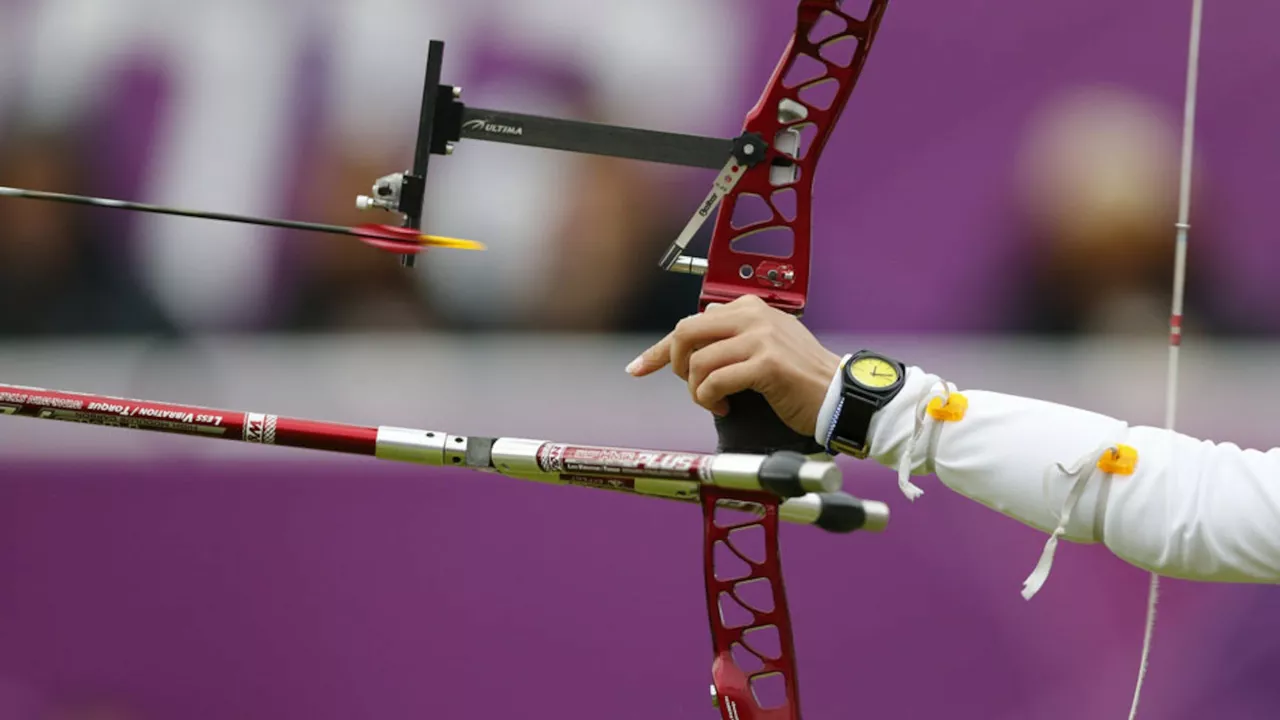Olympic Archery: Rules, History, Gear & Training
When you hear Olympic archery, you probably picture a calm athlete drawing a sleek bow and letting an arrow fly toward a concentric target. Olympic archery is the discipline of shooting arrows at a 122‑cm target in the Summer Games, overseen by the sport’s global authority. It blends precision, strength, and focus, and it follows a set of rules that have evolved over more than a century.
Key Elements of Olympic Archery
At the heart of the competition lies the recurve bow, the only bow type allowed at the Olympics. Its distinctive curved limbs store more energy, letting shooters launch arrows with speed and stability. The bow’s design influences technique, so mastering its draw and release is a cornerstone of any archer’s training plan. Because the recurve bow is the central tool, World Archery (the governing body) publishes detailed specifications, ensuring every athlete competes on a level playing field.
World Archery writes the rulebook that governs everything from arrow weight to distance. The federation defines the 70‑meter range used in the Games and the timing of each shot, which keeps the sport fair and consistent worldwide. By setting these standards, World Archery directly shapes how athletes prepare, how coaches design drills, and how national programs allocate resources.
The target itself is a target face with ten colour‑coded rings. Hitting the inner gold (the 10‑ring) scores the highest points, while outer rings count less. The arrangement of rings creates a clear scoring system that translates raw precision into measurable results. Because the target face determines the point values, shooters spend countless hours honing their aim to consistently land in the highest rings.
Scoring in Olympic archery follows a set‑point system: each arrow can earn up to ten points, and matches are decided by cumulative scores or set victories, depending on the format. This structure pushes athletes to balance consistency with the occasional high‑risk, high‑reward shot. Understanding scoring tactics is essential for anyone looking to follow or get involved in the sport, as it explains why a single perfect arrow can swing a tightly contested match.
Training regimes blend physical conditioning, mental rehearsal, and equipment tuning. Archers work on core strength to steady their draw, practice visualization to stay calm under pressure, and fine‑tune their bow’s tension for optimal arrow flight. Because Olympic archery demands both endurance and razor‑sharp focus, successful athletes treat preparation as a holistic discipline, often incorporating yoga, breathing exercises, and video analysis into their routine.
All these pieces—governing rules, specialized equipment, precise targets, scoring nuances, and rigorous training—interlock to create the unique spectacle of Olympic archery. Below you’ll find articles that dive deeper into each aspect, from the history of the recurve bow to tips for improving your shot accuracy, giving you a well‑rounded view of what makes this sport both timeless and thrilling.
